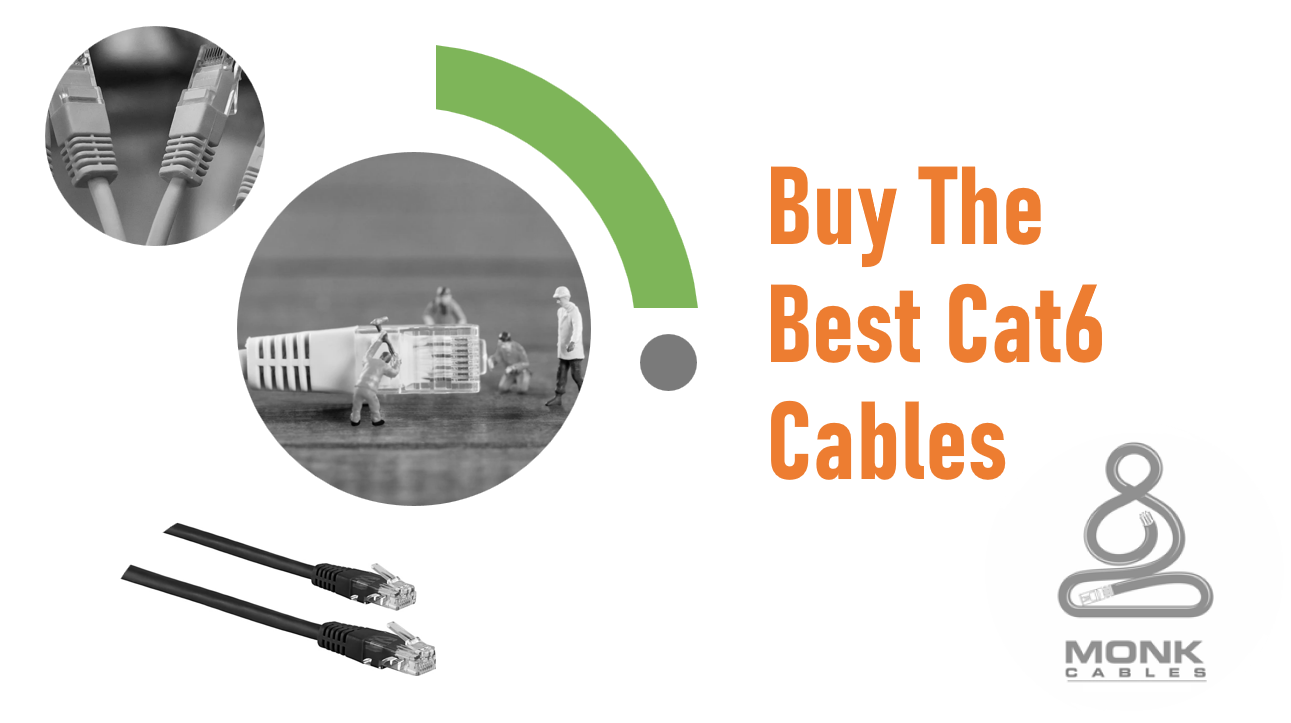
How Cat6 Solid Copper Cables Can Improve Your Network Speeds?

In today's modern world, fast and reliable internet connectivity is critical for businesses and individuals alike. Slow internet speeds can be frustrating and can impact productivity, which is why many people invest in better network equipment. One such piece of equipment is the Cat6 solid copper cable. This article will explore how these cables work and how they can improve your network speeds.
Introduction to Cat6 Cables
Cat6 cables are a type of Ethernet cable used to connect devices to local area networks (LANs). They were introduced in 2002 and are an improvement over their predecessor, Cat5e cables. The main difference between Cat6 and Cat5e cables is that Cat6 cables have stricter specifications for crosstalk and system noise, which means they are less likely to experience interference from other devices.
Solid Copper vs. Copper Clad Aluminum (CCA) Cables
When it comes to Cat6 cables, there are two main types: solid copper and copper clad aluminum (CCA). Solid copper cables are made entirely of copper, while CCA cables have a layer of aluminum with a thin coating of copper. While CCA cables are cheaper, they are not as durable as solid copper cables and are more prone to signal loss over long distances. As a result, solid copper cables are the preferred choice for high-performance networks.
Benefits of Cat6 Solid Copper Cables
Faster Speeds: Cat6 solid copper cable can support up to 10 Gigabit Ethernet, which means they can transfer data at speeds of up to 10 Gbps. This is significantly faster than Cat5e cables, which can only support up to 1 Gigabit Ethernet.
Lower Latency: The improved specifications of Cat6 cables mean they have lower latency than Cat5e cables. Latency is the time it takes for a signal to travel from one device to another, and lower latency means faster response times.
Better Signal Integrity: Cat6 cables have better signal integrity than Cat5e cables, which means they are less likely to experience interference from other devices. This is because they have more twists per inch, which reduces crosstalk.
Future-Proofing: Investing in Cat6 cables now will future-proof your network, as they are likely to remain the industry standard for many years to come. This means you won't have to upgrade your cables again anytime soon.
Installation and Maintenance
When installing Cat6 cables, it's important to follow best practices to ensure maximum performance. This includes:
Keeping the cables away from power cables to reduce interference
Using cable ties to keep the cables organized and avoid kinks
Terminating the cables properly to ensure a solid connection
Testing the cables after installation to ensure they are working correctly
In terms of maintenance, Cat6 cables require little upkeep. However, it's a good idea to periodically check the cables for damage or wear and tear, especially if they are in a high-traffic area.
Conclusion
Investing in Cat6 solid copper cables can significantly improve your network speeds and provide a more reliable connection. They are faster, have lower latency, and better signal integrity than Cat5e cables. When installing Cat6 cables, it's important to follow best practices to ensure maximum performance, and periodic maintenance checks can help prevent issues before they arise.
Appreciate the creator